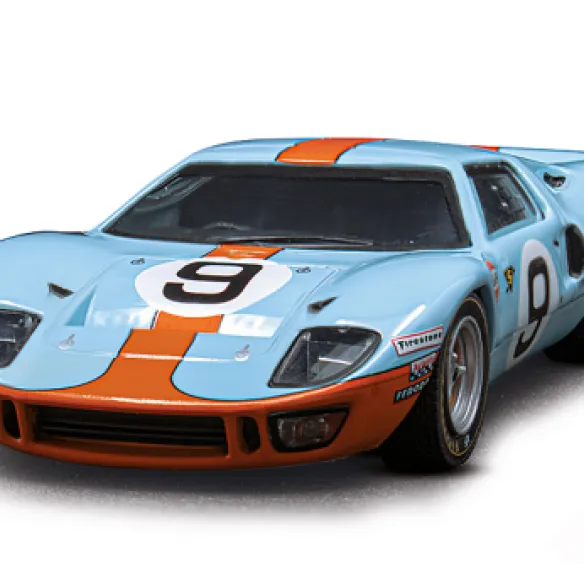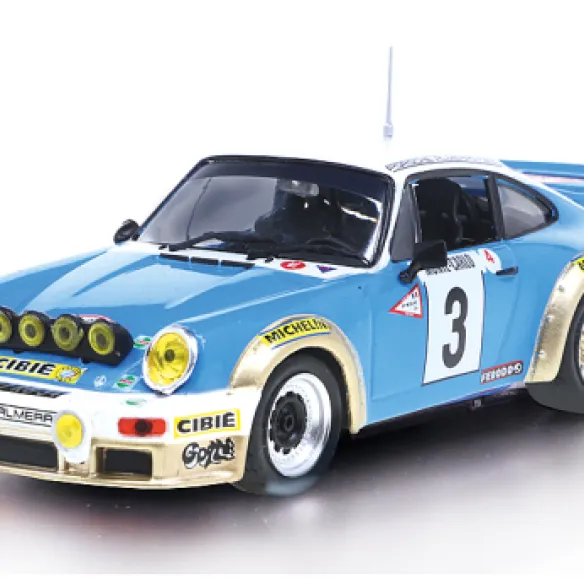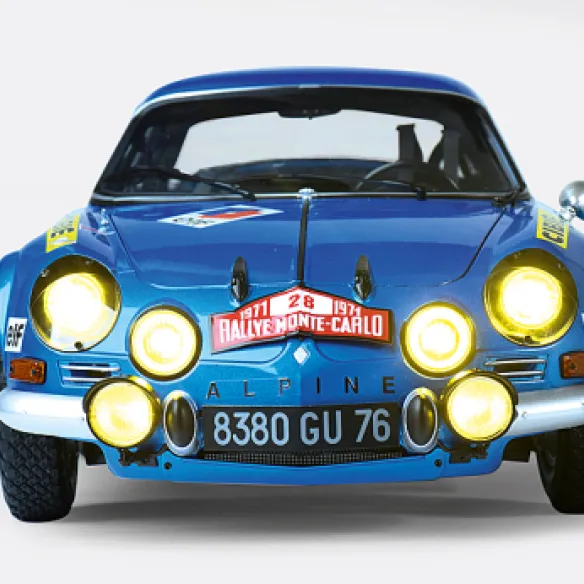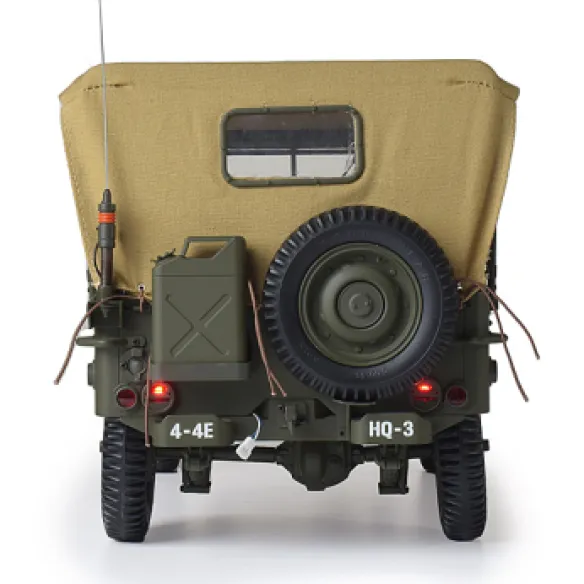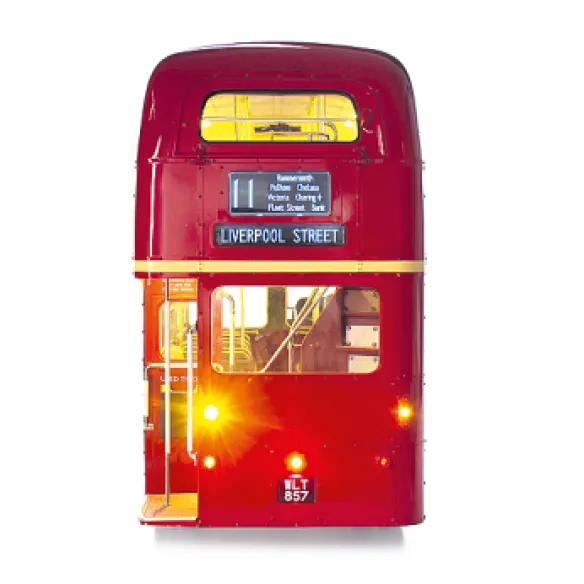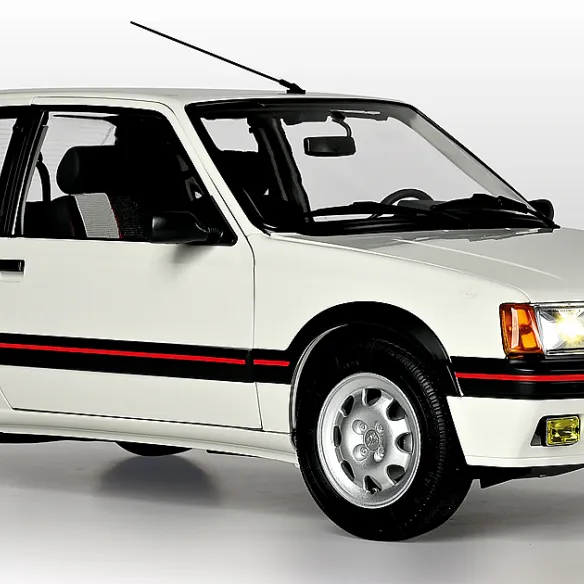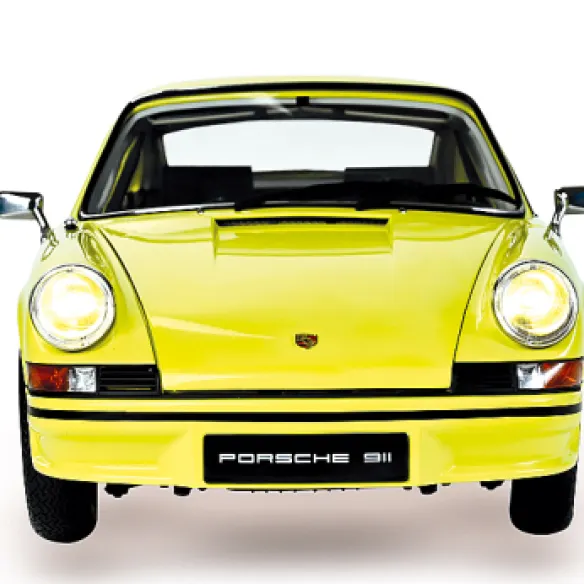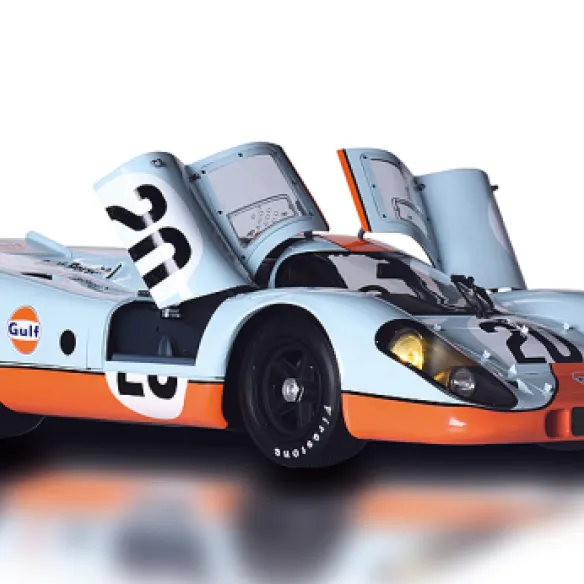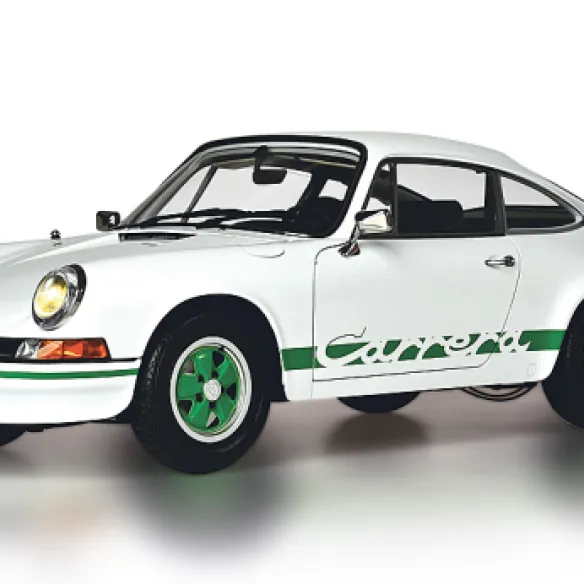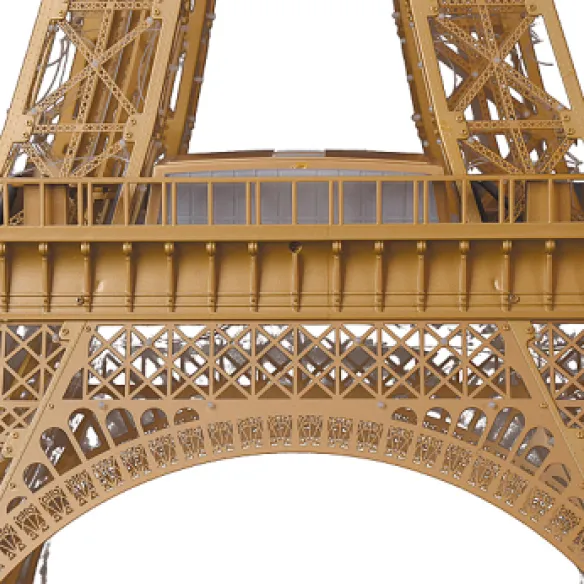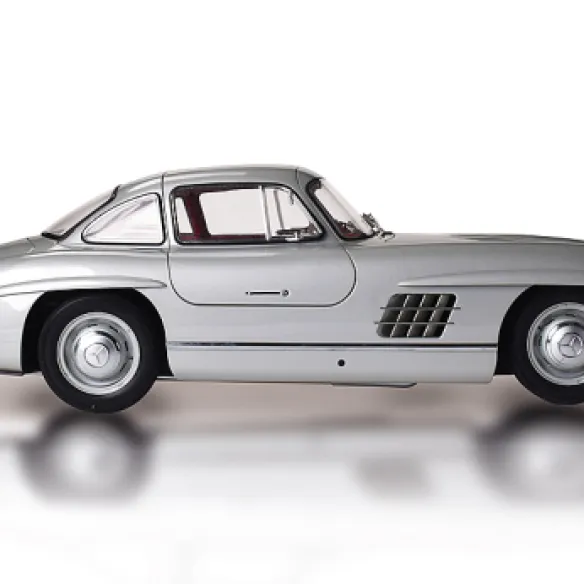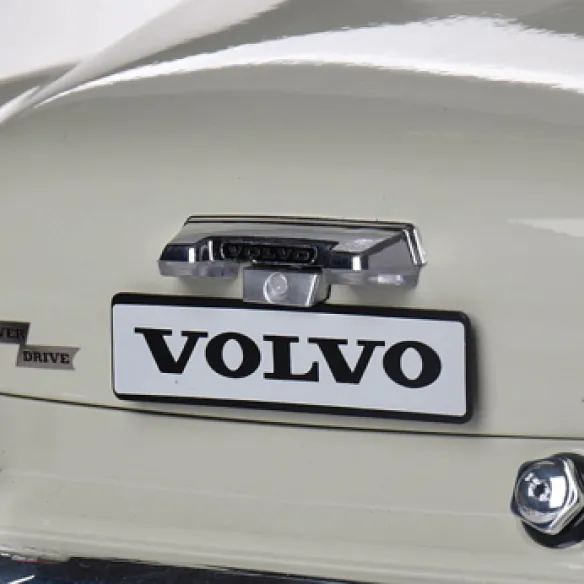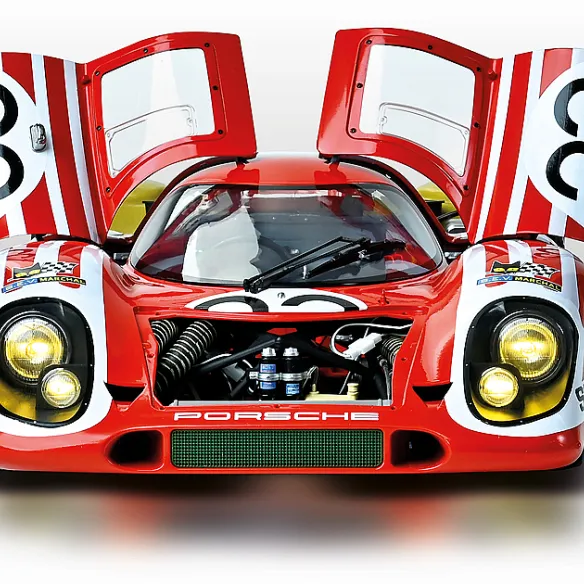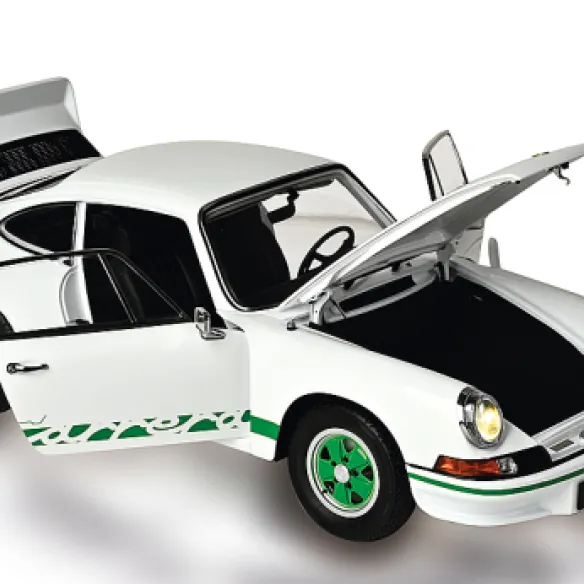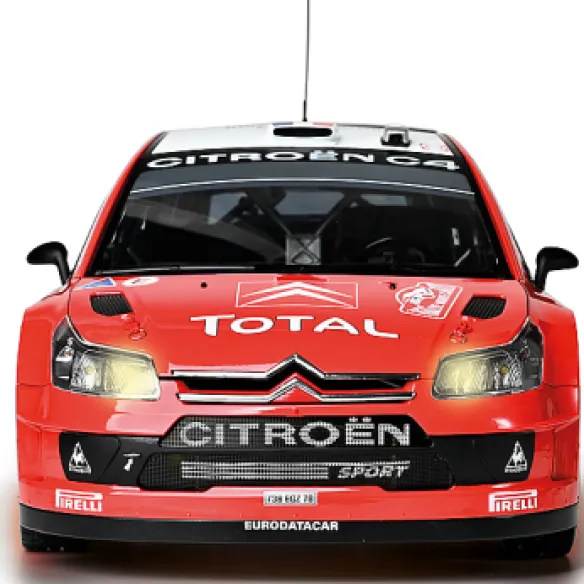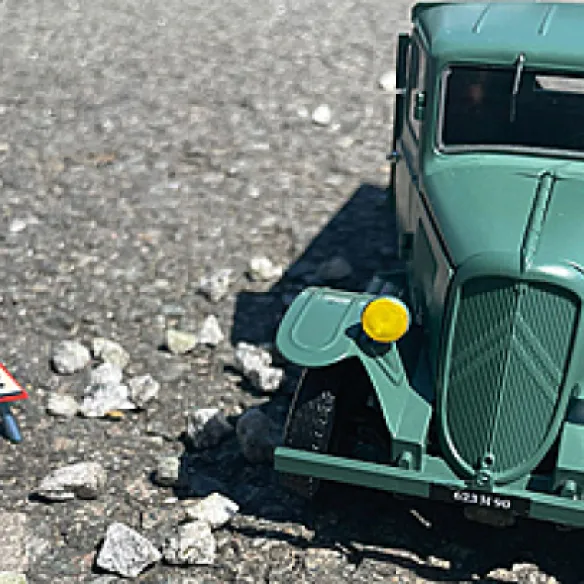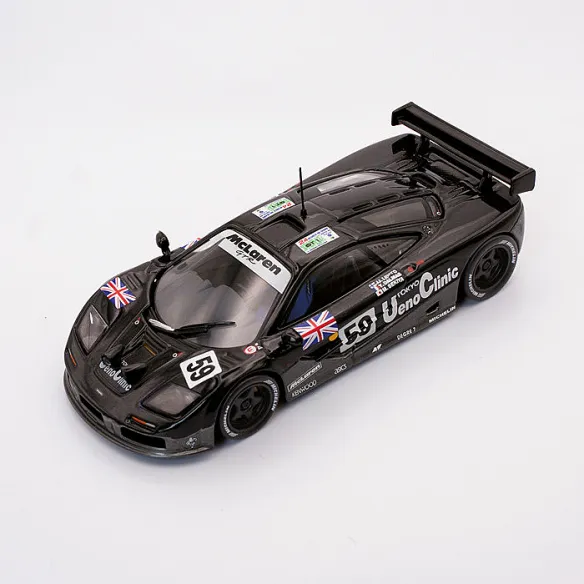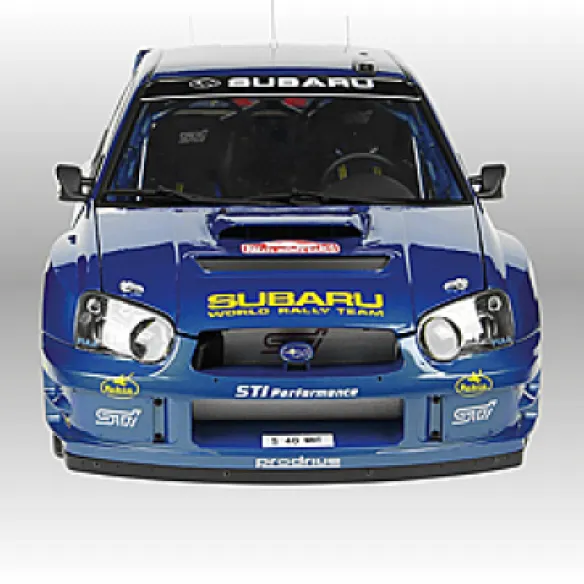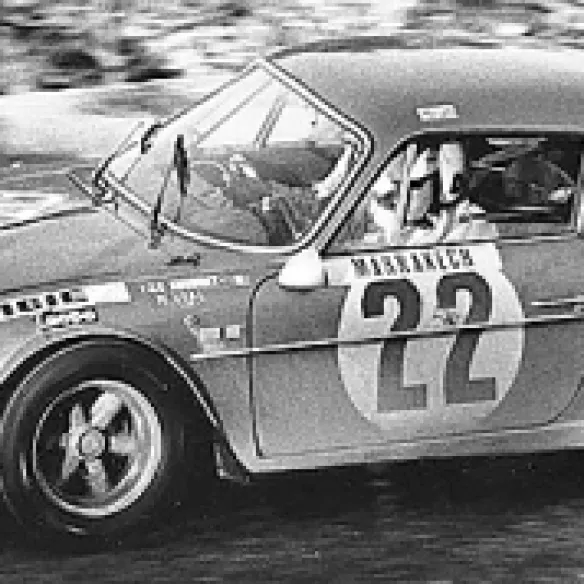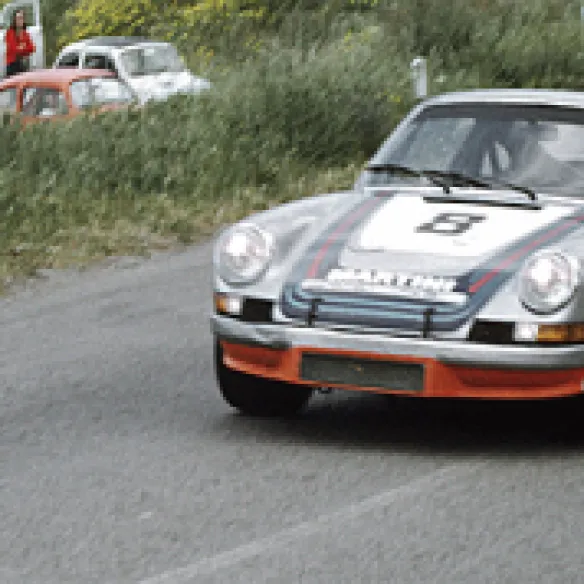
07/06/2023
Lancia Beta Montecarlo Turbo - 1980
FROM THE STREET TO THE TRACK
Author : Cette collection est une adaptation de 24H Le Mans ® Le auto delle corsa più leggendaria al mondo Éditeur : Centauria Editore s.r.l.
Read moreIn 1975, Fiat speeded up its plans to revive Lancia's sporting glory, which had been in decline since the success of the famous Fulvia Coupé HF. The Beta Montecarlo (named after Lancia's many victories in the rally of the same name), an innovative two-seater with a mid-mounted engine, was the model selected for this mission.
Three years later, Lancia developed a racing version for the World Championship for Manufacturers (a model which, with a few modifications, could be entered in the World Rally Championship), whose regulations were changed in 1976 with the introduction of the Silhouette category, replacing the Prototype category. This new category also included Group 5, defining cars built on the basis of a mass-produced shell, with bodywork based on the design elements of the commercial model, with the option of improving the powertrain and chassis. There are two different engine capacity categories: up to 2 litres and over 2 litres with naturally-aspirated or turbocharged engines. A capacity multiplier of 1.4 is applied to the latter, so that a 1,500 cm3 turbocharged engine is equivalent to a naturally-aspirated two-litre.

The Lancia Beta Montecarlo displayed alongside other competition cars at the Dallara headquarters in Varano dè Malegari (PR).© IXO Collections SAS - Tous droits réservés.
Studies for a car fit for endurance races started in 1977. The following year, the official presentation of the new model took place in the Stabilimenti Pininfarina wind tunnel, where aerodynamic developments were carried out. As for the engine, after abandoning the turbocharged flat-four of the Gamma, Lancia's racing department concentrated its energies on a new project with a supercharged 4-cylinder in-line engine designed by Gianni Tonti (Abarth), Claudio Maglioli and Nicola Materazzi. The latter was a specialist in applications of turbochargers to racing engines, to the extent that after his experience at Lancia, he joined Ferrari's racing department at the end of 1979 to develop supercharged engines for Formula 1. He later moved to the Maranello firm's production department, where he was nicknamed the "father of the F40", the last Ferrari to feature a turbocharged engine.
The new engine features a cubic capacity of just below 1,500 cm3, allowing it to be classified in the less than two-litre category. The chassis was designed by Gian Paolo Dallara, the most renowned Italian specialist in this field, well-known for his structures designed for sports cars and Formula 1.

Engineer Gian Paolo Dallara made his first racing car studies in 1969, designing F1 and F2 single-seaters for Williams-De Tomaso. © IXO Collections SAS - Tous droits réservés.
The Group 5 Beta Montecarlo made its debut on the track in February 1979, entrusted to Riccardo Patrese, a rising Formula 1 star in the brand new Arrows team. The Lancia team was initially managed by Daniele Audetto (ex-Ferrari) before Cesare Fiorio, who previously distinguished himself as sports director in rally racing for both Fiat and Lancia, took over the reins. As for the drivers, apart from the already-mentioned Patrese, there were a number of famous names such as Eddie Cheever ( also from F1 and F2 single-seaters), Carlo Facetti (known for his victories in the Sport-prototype, Touring and Grand Touring categories) and two world-class rally drivers, Walter Röhrl and Markku Alén, joined by the versatile Giorgio Pianta.

At the 1979 Tour of Italy, Lancia dominated the race before being disqualified for driving on a part of the motorway. Here we see the car of Patrese-Alén Kivimaki, who won the following year. © IXO Collections SAS - Tous droits réservés.
The Beta Montecarlo earned its first class wins in 1979, and by the end of the season claimed the manufacturers' world championship in the category of less than two litres, ahead of BMW and Ford. The following year, the dominance of the Italian brand was no longer doubted. The official team registered two cars with the drivers Patrese, Röhrl, Cheever and Alboreto, occasionally joined or replaced by drivers such as Brancatelli, Fabi, Heyer and Darniche. A third car was assigned to the Jolly Club (a Lancia satellite team also involved in rallying) with Facetti and Finotto as drivers. Lancia won 10 of the 11 races programmed in its class: the 24 Hours of Daytona and Le Mans, the 6 Hours of Brands Hatch, Mugello, Silverstone, Watkins Glen, Mosport and Vallelunga, the 1,000 km of Monza and the Nürburgring.
During the season, Lancia presented a car with an engine that had been uprated to 500 bhp by increasing its cubic capacity, with the aim of challenging Porsche in the more than two-litre category and "stealing" points in order to win the championship. They succeeded and Lancia won its first World Championship.

Presentation of the official Martini Racing team for the 1981 season, the year of the second world title. © IXO Collections SAS - Tous droits réservés.
The following season, 1981, was just as exciting: the official Lancia cars were now managed by the Martini Racing Team, with drivers such as Patrese, Alboreto, Ghinzani, Cheever and De Cesaris. Other Beta Montecarlo Turbo cars were entered by private teams, including the Jolly Club. Even without contesting all the races on the calendar, Lancia once again claimed the world class title and the overall victory ahead of its great rival, Porsche.

The Beta Montecarlo on the Daytona track. © IXO Collections SAS - Tous droits réservés.
Recent articles

24/06/2025
The 141-R, late queens of petrol
With the 141-R, the reign of coal in France suddenly declined.
Read more

24/06/2025
The 141-R, the arrival of the second tranche
The 141-R-701 to 1340 locomotives make up the second tranche, delivered from 15 August 1946, while those in the first tranche are still being delivered.
Read more

24/06/2025
THE 141-R CHANGED THE ROLE OF STAFF
These powerful, robust locomotives, imported from the United States after the Second World War, radically transformed the role of the staff at SNCF depots in terms of rail transport in France.
Read more


 English
English français
français Deutsch
Deutsch español
español italiano
italiano português
português